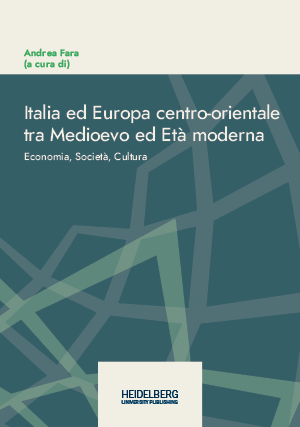How to Cite
License (Chapter)

This work is licensed under a Creative Commons Attribution-ShareAlike 4.0 International License.
Identifiers (Book)
Published
Corografie umanistiche dell’Europa sudorientale e crociata contro i Turchi
Abstract The rediscovery of the “Geography” of Claudius Ptolemy, together with other important works of Greek geographical literature, established a new perspective on the inhabited world already during an early phase of Renaissance humanism. In the central decades of the Fifteenth Century, a new generation of Humanists aspired to offer an updated perspective on the geographical knowledge inherited from Antiquity, trough new chorographical descriptions. Having overcome the challenge of illustrating Italy, Biondo Flavio focused his attention in 1453 on the Balkans and the Lower Danube regions, following a precedent established by George of Trebizond (1452). Their interest was stimulated by the political tribulations caused by the Ottoman conquest, and especially by the menace on Constantinople. The paper focuses on the relationships between the first humanist descriptions of southeastern Europe and the crusade against the Turks. While the writings of Biondo and George of Trebizond containing chorographic descriptions of the region are clearly to be placed in a crusade context, this aspect is less obvious with the major geographical work of Enea Silvio Piccolomini, “De Europa” (1458). A closer look establishes a series of dependencies, starting with the structure of Piccolomini’s work, which highlighted the affinity of the region to Europe.




